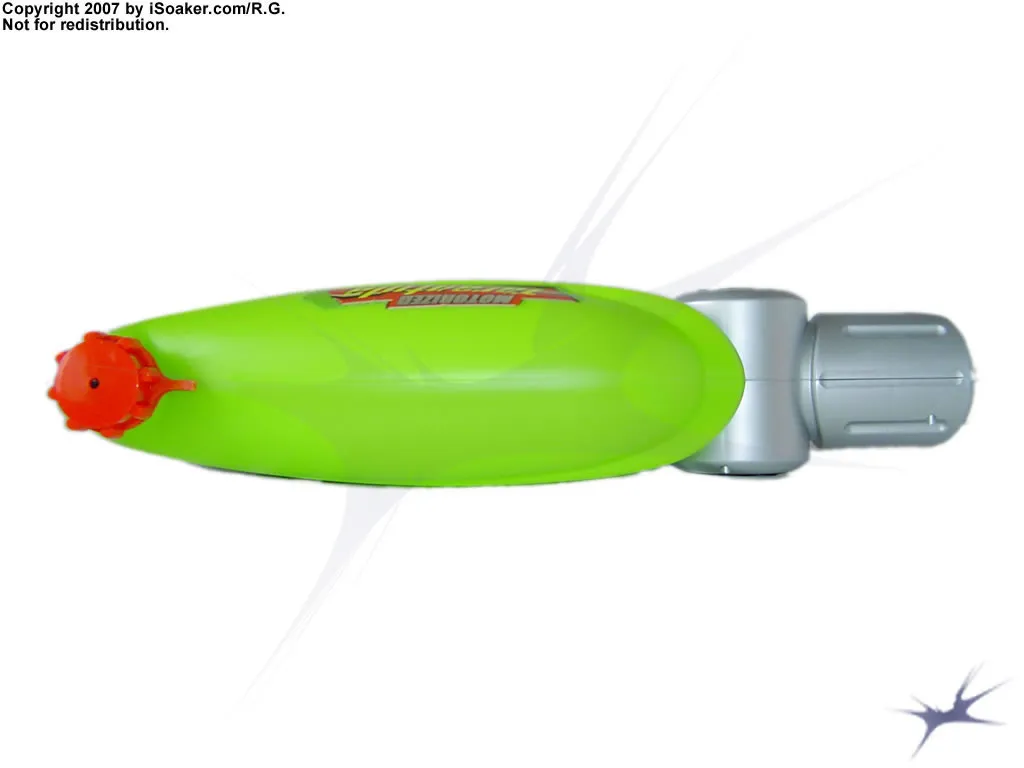Understanding Tarantulas
Tarantulas, those captivating and often misunderstood arachnids, have become increasingly popular as pets. Their impressive size, diverse appearances, and relatively docile nature compared to many other spider species make them intriguing companions. However, owning a tarantula is a significant responsibility, demanding a solid understanding of their needs to ensure their well-being. This guide aims to provide essential information, from basic care to recognizing potential health issues, offering a comprehensive overview for both novice and experienced tarantula keepers. By understanding these fascinating creatures, you can provide a thriving environment and enjoy the unique experience of sharing your life with a tarantula. Remember that proper research and care are crucial for the tarantula’s health and your safety.
What are Tarantulas
Tarantulas are large, hairy spiders belonging to the Theraphosidae family. They are found in various habitats worldwide, from tropical rainforests to arid deserts. Unlike many other spiders, tarantulas typically have a longer lifespan, with females living for several years, even decades, under optimal conditions. They possess eight legs, two body segments (cephalothorax and abdomen), and chelicerae (fangs) used for capturing prey. These arachnids are primarily nocturnal hunters, relying on their sensitive hairs (setae) to detect vibrations and movement in their surroundings. The diverse range of tarantula species showcases incredible variation in size, color, and temperament, making each species unique in its needs and characteristics.
Common Tarantula Species

Several tarantula species are commonly kept as pets, each with unique characteristics. The Mexican Red Knee (Brachypelma hamorii), known for its striking orange and black markings, is a popular choice due to its relatively docile temperament and hardiness. The Chilean Rose Hair (Grammostola rosea) is another beginner-friendly species, known for its calm demeanor and low maintenance requirements. The Pinktoe tarantulas, such as the Antilles Pinktoe (Caribena versicolor), offer vibrant coloration and arboreal lifestyles, requiring different enclosure setups. Choosing the right species depends on your experience level, desired appearance, and the specific needs of the tarantula. Researching the specific care requirements of each species is crucial before bringing one home. Consider their size, temperament, and habitat needs.
Tarantula Habitats
Creating a suitable habitat is crucial for a tarantula’s well-being. The enclosure should provide a safe, secure, and stimulating environment, mimicking their natural habitat as closely as possible. The size of the enclosure depends on the tarantula’s size and species, with terrestrial species needing more floor space and arboreal species requiring height for climbing. The enclosure should be escape-proof, with a secure lid and no gaps. Ventilation is essential to prevent mold growth and ensure proper air circulation. Furthermore, the habitat should have a proper setup that provides the tarantula with hiding places, water, and opportunities for natural behaviors. A well-designed habitat contributes to a healthy and happy tarantula.
Enclosure Requirements
The enclosure size should correspond with the tarantula’s size and lifestyle. A general guideline is to provide an enclosure that is at least twice the tarantula’s leg span in width and length, and at least one and a half times its leg span in height for terrestrial species. Arboreal species require taller enclosures with ample vertical space for climbing. The enclosure should be made of durable, non-toxic materials like glass or plastic. Ensure the enclosure has a secure lid to prevent escapes and adequate ventilation to allow fresh air circulation. The enclosure should also include appropriate decorations, such as hides, plants, and climbing structures, to provide the tarantula with a sense of security and enrichment.
Substrate Selection

The substrate, the bedding material in the enclosure, plays a vital role in maintaining humidity, providing a surface for burrowing (for terrestrial species), and creating a natural environment. Several substrate options are available, including peat moss, coconut fiber, vermiculite, and a mix of these materials. The choice of substrate depends on the species and its specific needs. The substrate should be deep enough for burrowing species to create burrows, and the humidity levels need to be maintained by misting the substrate periodically. Avoid using substrates that can be toxic or harmful to the tarantula, such as cedar or pine shavings. The substrate also needs to be cleaned regularly to prevent mold growth and maintain hygiene within the enclosure.
Temperature and Humidity Control
Tarantulas thrive within specific temperature and humidity ranges. Maintaining the correct temperature is crucial for their metabolism and overall health. Most species prefer temperatures between 70-80°F (21-27°C). A heat source, such as an under-tank heater or a heat lamp, may be needed to maintain this temperature, especially in cooler climates. It’s essential to use a thermostat to regulate the heat source and prevent overheating. Humidity levels also need to be monitored and maintained, depending on the species’ requirements. Terrestrial species typically need lower humidity levels, while arboreal species often require higher humidity. Use a hygrometer to measure humidity and mist the enclosure with water as needed to maintain the correct levels. Proper temperature and humidity control are key to a healthy tarantula.
Feeding Your Tarantula
Feeding is an essential part of tarantula care, providing the necessary nutrients for growth and survival. Tarantulas are primarily insectivores, feeding on insects such as crickets, mealworms, and roaches. The size and type of prey should be appropriate for the tarantula’s size. Overfeeding can lead to obesity, while underfeeding can stunt growth. The feeding frequency and prey selection vary depending on the tarantula’s age, species, and metabolism. It’s also important to remove uneaten prey items to prevent them from stressing the tarantula or potentially harming it. Providing a varied diet and ensuring access to clean water are key aspects of feeding your tarantula.
Prey Selection

Choosing appropriate prey is critical for a tarantula’s diet. Crickets, mealworms, and roaches are common prey items, but the best choices depend on the tarantula’s size and preferences. Offer prey that is roughly the same size as the tarantula’s abdomen. Ensure the insects are gut-loaded (fed a nutritious diet) before feeding them to your tarantula. This provides the tarantula with a more balanced diet. Avoid feeding wild-caught insects, as they may carry parasites or pesticides. Variety in the diet is also beneficial, so consider offering different types of insects to ensure your tarantula receives a range of nutrients.
Feeding Frequency
The feeding frequency depends on the tarantula’s age and metabolism. Spiderlings need to be fed more often, typically 2-3 times per week, while adult tarantulas can be fed less frequently, often once a week or even less. The feeding schedule should be adjusted based on the tarantula’s appetite and condition. Observe the tarantula’s abdomen; a well-fed tarantula will have a plump abdomen, whereas a hungry one will have a smaller abdomen. Avoid overfeeding, as this can lead to health problems. Remove any uneaten prey within 24 hours to prevent stress or potential injury to the tarantula.
Watering and Hydration
Providing a clean water source is essential for a tarantula’s hydration and overall well-being. Tarantulas obtain water from various sources, including the water dish and the humidity in their enclosure. A shallow water dish should always be available, filled with fresh, clean water. Ensure the water dish is small enough to prevent the tarantula from drowning. Mist the enclosure regularly to maintain appropriate humidity levels, particularly for arboreal species. The frequency of misting depends on the species and its humidity requirements. Regularly replace the water to prevent bacterial growth and maintain a healthy environment for your tarantula. These practices ensure the tarantula’s health.
Handling and Safety

Handling a tarantula can be a rewarding experience, but it’s crucial to prioritize the tarantula’s safety and your own. Not all tarantulas are suitable for handling, and their temperament can vary. Some species are more docile, while others are more defensive and prone to biting. It’s essential to research the specific species’ temperament before attempting to handle it. Always approach handling with caution and respect. Avoid sudden movements, and handle the tarantula close to the ground to minimize the risk of injury if it falls. Remember that a bite can be painful, although most tarantula bites are not medically significant. Prioritizing safety helps ensure both the tarantula’s and your well-being.
Handling Techniques
If you choose to handle your tarantula, approach it slowly and gently. Use a soft, wide brush to gently coax it onto your hand. Avoid touching the tarantula’s abdomen, as this can cause stress. Support the tarantula’s body with your other hand to provide stability. Handle the tarantula close to the ground or a soft surface to minimize the risk of injury if it falls. Never force a tarantula to be handled; if it shows signs of stress or defensiveness, such as raising its front legs or flicking hairs (urticating hairs), immediately return it to its enclosure. Always wash your hands thoroughly before and after handling the tarantula to prevent the spread of bacteria and potential harm.
Recognizing Stress Signals
Understanding a tarantula’s stress signals is essential for responsible pet ownership. Tarantulas exhibit various behaviors when they feel threatened or stressed. Recognizing these signals allows you to avoid unnecessary stress and prevent potential injury to both you and the tarantula. Some common stress signals include raising their front legs, flicking hairs (urticating hairs), assuming a defensive posture, or rapidly moving around the enclosure. If a tarantula displays these signs, it’s best to leave it alone and allow it to retreat to its hiding place. Providing a secure and comfortable environment helps reduce stress and promote the tarantula’s well-being. Observing your tarantula and learning its behavior is key to providing proper care.
Tarantula Health & Common Issues

Like all pets, tarantulas can experience health issues. Recognizing common problems and understanding how to address them is crucial for ensuring their long-term health. Several factors can impact a tarantula’s health, including poor enclosure conditions, inadequate diet, and stress. Regular observation and prompt action are vital for addressing any potential problems. Many issues can be prevented through proper care, including maintaining the correct temperature and humidity, providing a varied diet, and minimizing stress. Consulting with a veterinarian experienced with arachnids is recommended for diagnosis and treatment of any serious health concerns. Knowing what to look for helps in the long-term health of the tarantula.
Moulting Process
Moulting is a natural process where tarantulas shed their exoskeleton to grow. This process is essential for their development and health. The frequency of moulting depends on the tarantula’s age and growth rate; younger tarantulas moult more frequently than adults. During moulting, the tarantula will often stop eating and may appear lethargic. It will typically lie on its back and shed its old exoskeleton. It is crucial to avoid disturbing the tarantula during moulting, as any interference can be fatal. After moulting, the tarantula’s new exoskeleton will be soft and vulnerable. Wait a few days before offering food, allowing the exoskeleton to harden fully. Understanding the moulting process is key to knowing the health of a tarantula.
Identifying Diseases and Parasites
Although tarantulas are relatively hardy, they are susceptible to certain diseases and parasites. Some common issues include fungal infections, mites, and internal parasites. Symptoms of illness can include lethargy, loss of appetite, unusual behavior, and physical abnormalities. Mites can be identified by small, moving dots on the tarantula or in its enclosure. If you suspect your tarantula is sick, consult with a veterinarian experienced with arachnids. Providing a clean and appropriate environment is critical in preventing these issues. Quarantine new tarantulas to prevent the spread of any potential diseases. Early detection and prompt treatment are vital for managing health problems in tarantulas.
Tarantula Lifespan

Tarantulas have a relatively long lifespan compared to many other pets. The lifespan varies depending on the species and sex of the tarantula. Female tarantulas generally live much longer than males, often surviving for 20 years or more. Males typically have a shorter lifespan, often only living for a few years after reaching maturity. Proper care, including a suitable environment, appropriate diet, and minimal stress, contributes to a tarantula’s longevity. Some species, such as the Chilean Rose Hair, can live for over 20 years. The longevity of these fascinating creatures makes them a long-term companion, requiring a commitment to providing appropriate care throughout their lives.
